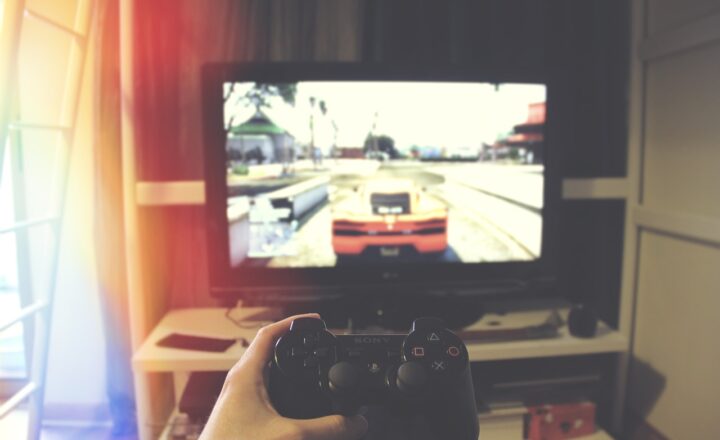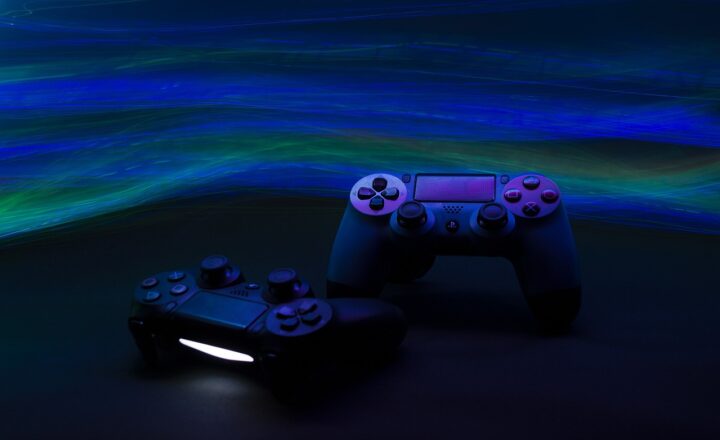
The Mortal Kombat franchise has been a mainstay in the world of fighting games since its inception in 1992. The series is renowned not only for its fluid gameplay and stunning graphics but also for the iconic characters that have become synonymous with the franchise. Over the years, we’ve witnessed dramatic changes in these characters, whether through their designs, backstories, or fighting styles. In this article, we’ll explore the evolution of Mortal Kombat characters through various gaming generations, highlighting how they have adapted to changing player expectations and technological advancements.
1. The Early Years: Mortal Kombat (1992)
The original Mortal Kombat introduced players to a diverse cast of fighters, each with unique abilities and striking moves. Characters like Scorpion, Sub-Zero, and Liu Kang became instant fan favorites due to their distinctive designs and memorable fatality moves. Scorpion, the specter-ninja with a vendetta, was known for his iconic “Get over here!” catchphrase.
The graphics were a significant draw, using digitized sprites of real actors, which set a new standard for fighting games. However, these early characters were relatively simple in terms of backstory and gameplay mechanics.
2. The Transition to 3D: Mortal Kombat 4 (1997)
With the release of Mortal Kombat 4, the series made a significant leap into 3D graphics, introducing a new dimension to combat. The characters underwent a redesign, with more intricate and detailed visual styles. Notably, the character of Liu Kang saw a transformation from a simple martial artist to a more dynamic fighter complete with new moves like the dragon fireball.
Furthermore, the game expanded on character backstories, giving players insight into their motivations and histories. New characters, including Fujin and Jarek, were introduced, which showcased the franchise’s willingness to evolve and expand its character roster.
3. Embracing Modern Gaming: Mortal Kombat 9 (2011)
Mortal Kombat 9 was a reboot that revitalized the franchise, returning to its roots while incorporating contemporary gaming technology. The character designs were brought into the modern era, featuring enhanced graphics that highlighted their unique fighting styles and personalities. For instance, Scorpion was reimagined with a more menacing look, complete with a new voice actor that added depth to his character.
This installment reinvigorated character arcs, bringing nostalgic characters back while introducing newcomers like Kratos from the God of War series, showing that the franchise wasn’t afraid to mix universes. Additionally, the story mode was significantly more elaborate, allowing for a deeper exploration of character relationships and histories. Players found themselves emotionally invested in the fates of their favorite fighters.
4. The Fight for Identity: Mortal Kombat 11 (2019)
With Mortal Kombat 11, the franchise took character development to new heights by exploring themes of legacy and identity. Players could see how the characters had evolved, not only in appearance but also in their morals and philosophies. For example, Raiden transitioned from a protector to a more complex character grappling with the weight of his decisions. His past choices led to him becoming a darker figure, diverging from his original portrayal.
Moreover, the game included a time travel element, allowing players to fight against their past selves, making for a rich narrative experience. Characters like Kitana and Liu Kang also showcased significant growth, with backstories that highlighted their struggles and triumphs throughout the series.
5. A Diverse Cast: Representation in Mortal Kombat
As gaming has progressed, so has the representation within it. Mortal Kombat has made strides to incorporate a more diverse cast over the years. Characters like Jade and Cassie Cage display a modern take on representation, showcasing female characters not as side notes but as leading fighters with rich stories and significant roles.
In addition, the franchise has been mindful of cultural representation, ensuring that characters like Liu Kang and Sub-Zero reflect their respective Asian heritages through their fighting styles and narratives. This adaptability ensures that Mortal Kombat remains relevant in contemporary discussions around diversity in gaming.
6. Character Customization and Player Engagement
In more recent iterations, particularly in Mortal Kombat 11, character customization has become a pivotal aspect of gameplay. Players can personalize their characters with various skins, moves, and gear, allowing for a more tailored gaming experience. This feature not only enhances player engagement but also enables them to express their individuality by customizing characters to their liking.
Moreover, the introduction of character variations allows players to choose different play styles and combat techniques, making each character feel unique. This evolution illustrates how interactive gaming has shaped character design and gameplay mechanics.
Conclusion: The Ongoing Evolution of Mortal Kombat Characters
As technology advances and player expectations evolve, the Mortal Kombat franchise continues to adapt its characters. From 2D sprites to fully realized 3D models, each generation has brought about significant changes that reflect the times. The depth of storytelling, character backstories, and player interaction have transformed these characters into more than just fighters; they have become icons in the gaming community.
Looking ahead, it is clear that Mortal Kombat will continue to innovate, ensuring that its characters remain just as compelling and dynamic as they were at their inception in 1992. With each new installment, fans eagerly anticipate the next chapter in the saga of their favorite fighters, eager to witness how they continue to evolve in an ever-changing gaming landscape.







